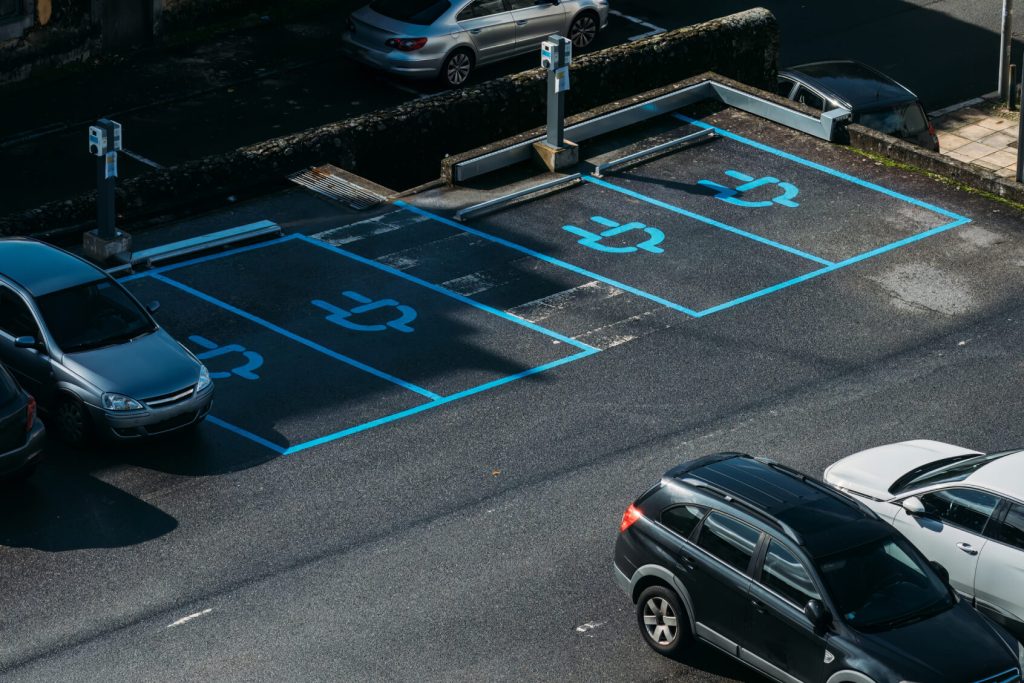In the era of sustainable mobility, electric vehicle charging within urban spaces becomes an essential aspect of shaping sustainability-oriented cities and designing structures and buildings that are in line with the needs of an increasingly environmentally conscious and energy-efficient society.
In this context, the regulations and guidelines governing the installation of charging infrastructures in buildings are crucial to facilitate a smooth transition to electric mobility, thus contributing to a sustainable, state-of-the-art urban environment.
Legislative Decree No. 48 of 10 June 2020 is a significant step towards promoting this practice, establishing clear obligations and criteria for the integration of charging technologies in new buildings and major renovations. We will take a closer look at the provisions of this legislation and its implications for building owners, developers and end users.
Legislative Decree No. 48 of 2020 on the recharging of electric vehicles in buildings
Legislative Decree No. 48 of 10 June 2020 represents a significant step towards the promotion of electric vehicle charging in buildings. However, the first steps towards regulating the installation of such infrastructure were taken with Legislative Decree 257/2016. This decree required municipalities to adapt their building regulations by a specific date, including provisions on the installation of charging devices in new residential and non-residential buildings.
In particular, it was required that newly constructed residential buildings with at least ten residential units and non-residential buildings with a usable floor area of more than 500m² provide charging devices.
Legislative Decrees 257/2016 and 48/2020
Legislative Decree No. 48 of 2020 further extended the requirements for the installation of charging infrastructure in new buildings. In addition to the obligation to provide charging devices, the decree also requires the installation of channelling infrastructure in all new buildings with at least ten parking spaces.
This obligation also extends to non-residential buildings, which must install at least one charging point by 1 January 2025 if they have more than 20 parking spaces. It is important to note that these obligations also apply to major renovations involving parking and electrical infrastructure.

Exclusions from the obligation and specifications
It should be noted that there are certain exclusions from the obligation to install charging infrastructure. For example, buildings with installation/channelling costs exceeding 7% of the total renovation cost and public buildings already complying with the provisions of Legislative Decree 257/2016 are exempt from these obligations. Furthermore, the concept of ‘major renovation’ is defined as interventions on more than 25 per cent of the surface of the envelope of the entire building.
The need for legislation on electric vehicle charging
While a big push towards sustainable mobility is underway, the need to integrate electric vehicle charging within our cities is becoming increasingly evident. Regulations and guidelines governing the installation of charging infrastructure in buildings provide an indispensable framework
In order to ensure a successful transition to electric mobility, however, legislation is not enough; a positive public-private partnership and the active role of local authorities are essential. Only through a joint commitment can a radical transformation in the transport sector be achieved, contributing to a cleaner environment and a better future for the next generations.
